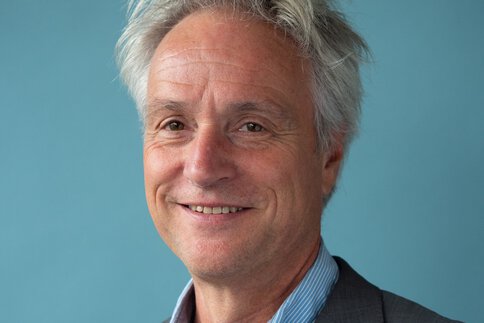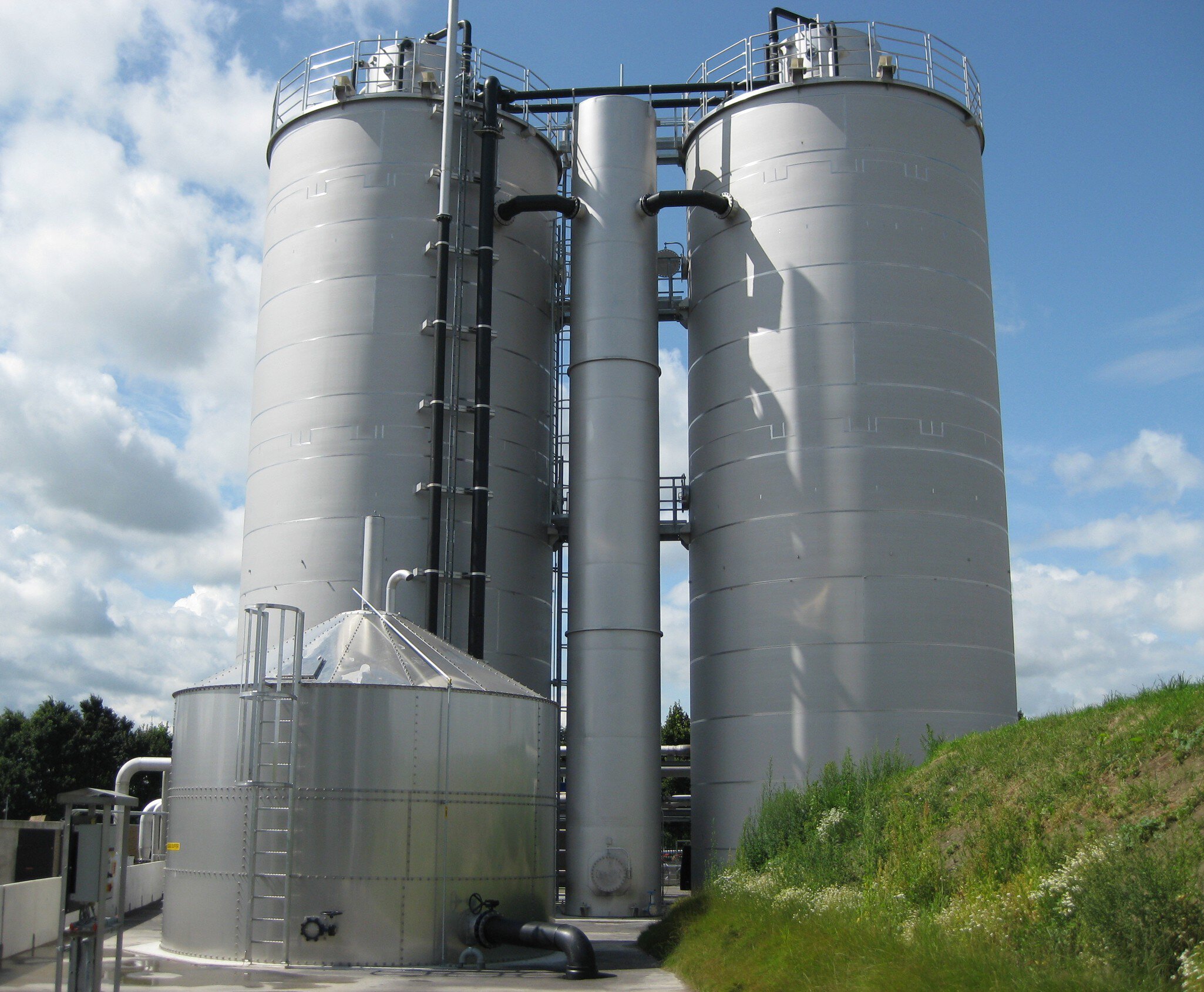“Anaerobic wastewater treatment generates valuable energy”
The European Water Association (EWA) has awarded Prof. Jules van Lier from TU Delft the prestigious William Dunbar Medal. In an interview, the expert explains why anaerobic technologies can fundamentally change wastewater management.
Professor van Lier, one of your main areas of research is anaerobic wastewater treatment. What do you think makes this technology so attractive?
Prof. Jules van Lier: High-load anaerobic treatment processes are now used worldwide in thousands of large-scale reactors for a wide range of wastewater types. The systems can efficiently convert organic loads into energy-rich biomethane, which can then be used to generate electricity and/or heat. The treatment systems are ten times smaller than conventional activated sludge processes and do not consume any fossil fuels.
How can the use of anaerobic wastewater treatment be expanded?
With novel advanced anaerobic systems also difficult chemical wastewaters and/or highly concentrated residual streams from process water cycles can be treated. In municipal wastewater treatment plants, anaerobic treatment is typically used to stabilize and digest excess sludge. Here, our recently developed staged digestion systems have shown that they can significantly reduce the retention time by a factor of three, compared to conventional, complete mix digesters. Another “anaerobic opportunity” lies in the treatment of separately collected black water, possibly in combination with organic kitchen waste.
Prof. Jules van Lier – “One of the world’s most respected researchers”
The Dutchman is a professor of wastewater treatment at TU Delft and one of the world’s leading experts in anaerobic environmental technology. His research focuses on the development of resource-efficient treatment processes, particularly for industrial wastewater, municipal sludge, and water reuse systems. Van Lier studied microbiology and environmental technology, earned his doctorate in thermophilic anaerobic treatment, and has been active internationally for over 30 years. He also teaches at the IHE Delft Institute for Water Education and was chair of the Anaerobic Digestion Specialist Group at the International Water Association (IWA).
In his laudatory speech, Collin Davis, Executive Director Capital Goods Shows at Messe München, praised Prof. van Lier as “one of the world’s most respected researchers in environmental biotechnology and wastewater treatment. His research demonstrates how we can turn wastewater into renewable energy, reduce sludge production, and minimize operating costs—while opening new opportunities for reuse and recovery, especially in rapidly growing and water-stressed regions.”

The recovered water can be used for urban greening, horticulture, and agriculture.

Treated wastewater from sewage treatment plants is increasingly being used for irrigation. What opportunities and obstacles do you see here?
Pioneers and current frontrunners in the anaerobic treatment of municipal wastewater are Brazil, Mexico, and India—countries that are increasingly struggling with problems caused by scarce water resources. There are also some smaller-scale applications in North Africa and the Mediterranean region. In summer, the population there increases dramatically due to the influx of tourists—and with it water consumption. At the same time, the summer temperatures are ideal for anaerobic conversion processes. The recovered water can then be used for urban greening, horticulture, and agriculture. Of course, the anaerobic reactor is only one treatment step in such a system. The wastewater can be treated further using aerobic techniques such as submerged filters, while pathogenic organisms can be reduced by ultrafiltration. Qualified operators are important here, which is why knowledge transfer is crucial for the expansion and success of these solutions.
You are also working on the integration of artificial intelligence (AI) in wastewater management. What are you currently researching in this area?
With the development and increasing use of improved sensor technology, the amount of online data on water quality is growing rapidly. This information can be used for AI models to improve the operation and control of wastewater treatment plants and processes. For example, we are investigating ways to use AI to reduce nitrous oxide emissions from conventional activated sludge systems. Our initial results are promising and open the door to further AI applications, such as the treatment of complex wastewater in high rate anaerobic reactors.
About the William Dunbar Medal
The William Dunbar Medal is one of the most prestigious scientific awards in water management. It is awarded every two years by the European Water Association (EWA) and sponsored by IFAT Munich. The medal honors individuals who have made outstanding contributions to applied wastewater and waste technology. It is named after the German-American hygienist William P. Dunbar (1863–1922), a pioneer of modern wastewater treatment.
The recovery of energy and resources will be a guiding principle for any new treatment technology.
What key developments do you expect to see in water and wastewater management over the next ten years?
- With regard to the European Green Deal, I am convinced that the recovery of energy and resources will be a guiding principle for any new treatment technology. Anaerobic treatment preserves the biochemical energy of the organic wastewater load, which facilitates energy recovery. I therefore expect anaerobic processes to be increasingly used as a core technology in a treatment train.
- Gasification and pyrolysis processes are of interest for non-biodegradable organic residues—both for saving and recovering energy. In addition, the end products can also be used in green, bio-based chemistry to reduce our dependence on fossil oil and gas.
- The availability of cheap green electricity will most likely also lead to increased use of electrochemical extraction techniques. These can easily be combined with anaerobic mineralization processes to extract valuable resources.
- Another hot topic is drug residues, microplastics, and other micropollutants such as PFAS. Sewage sludge is an excellent “absorbent” for many of these substances. We are currently investigating the fate of these substances and their possible conversion under anaerobic conditions.
At a glance: Advantages of anaerobic wastewater treatment
- Energy recovery: The biogas produced can be used to generate electricity and heat, for example in energy-self-sufficient wastewater treatment plants or as a renewable energy source for industry.
- Lower operating costs: Unlike aerobic treatment, no aeration is required. This saves investment costs and reduces energy consumption.
- Less sewage sludge: Anaerobic treatment produces only one-tenth of the excess sludge, which reduces disposal costs. If anaerobic granulated sludge is also produced, the excess sludge has a market value of around €200/m³.
- Robust technology: Anaerobic processes are particularly suitable for highly contaminated wastewater, for example from the food, paper, or agricultural industries.
- Sustainability and resource conservation: Anaerobic processes fit well into circular economy concepts, as energy and nutrients are recovered.
